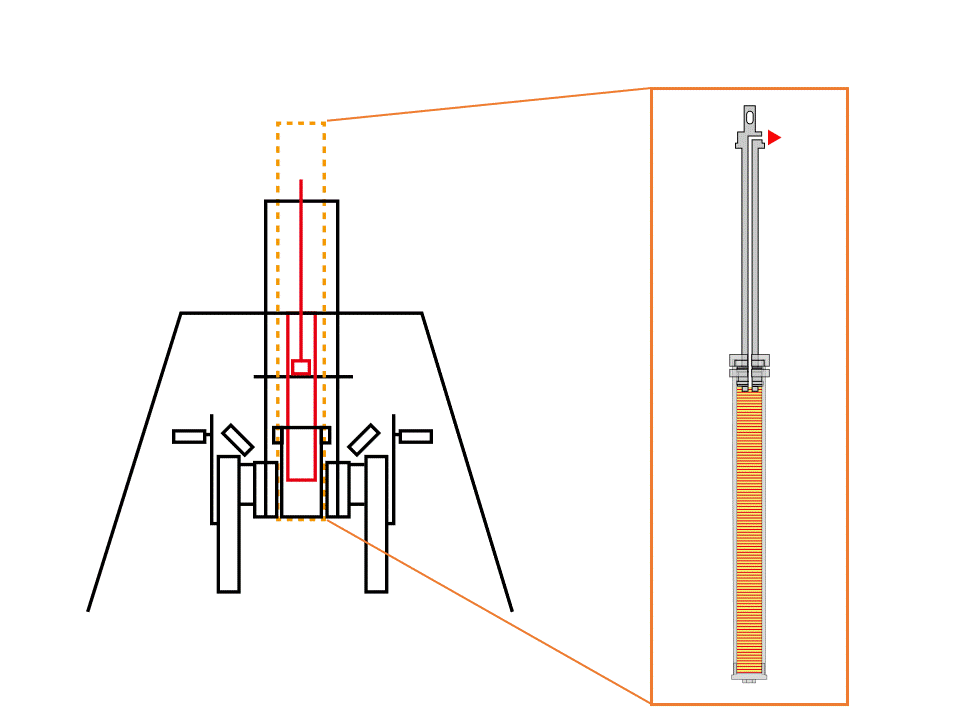7. Observation records
In mud sampling as well as CTD observation, it is the most basic data and important information for research and survey to record the length of wire unrolled, outline of samples taken, distribution of samples, and destination, in addition to geographical information such as vessel level and water depth at the time of sample collection. Therefore, not a few institutions prepare observation field notebooks specialized for recording the work done when collecting mud.
Figure 12 shows an example of a fictitious observation result entered in the observation log sheet (Multiple Corer Sampling Log Sheet) used for mud sampling observation using the multiple corer on the Training Ship Oshoro-Maru at Hokkaido University. In this example, two observations are assumed to have been made at observation point "St.3K" on July 7, 2021 during the next voyage of "C000". Before the observation, the name of the station, the date (UTC), and the name of the operator are to be entered. When multiple observations are to be made at the same point, a name is given to the observation operation to avoid confusion in the observation itself and in the handling of the collected samples. Enter the name in the "Sampling Name" column. Also, the information on surface seawater temperature, weather, and time of day are noted in the lower left-hand corner. After that, when the observation work starts, enter the start time and information on the vessel's position at that time (Sampling Start). When the observation proceeds and the bottom sampler touches bottom, the time, ship's position, water depth, and wire information are entered (Bottom touch). The same information is entered when the bottom sampler is returned to the ship (Sampling End). If the wire is pointing straight down during the sampling observation, the sampler is presumed to be directly under the ship, and the ship's position recorded in the "Bottom touch" is presumed to be the position of the seafloor where the sampler touched the bottom and collected mud. On the other hand, wind and currents can change the ship's position and cause it to deviate from the starting position (desired observation point). This can also be confirmed later from the observation logbook.
Since a maximum of eight
cores are collected by the multiple corer, a number (Core No.) is assigned to each one to record under what conditions it was collected. First, check to see if the mud collection tube unit has operated properly. If the upper and lower lids are firmly closed and the mud is collected, enter a "○" in the "Check" column. If the sediment that should have been collected is not collected properly because it has fallen out or the seawater directly above it has escaped through the gap, enter an "×" in the "Check" column. In the "Memo" column, you can describe the condition of the core (e.g., whether benthic organisms were collected, the color of the sediment, whether the seawater immediately above the core is turbid, etc.), how the core was used, and where the samples were taken. In addition, record any special notes about the observation in the "Remarks" column. You may also record information on the bottom sediment in case you wish to repeat the observation at the same location.












